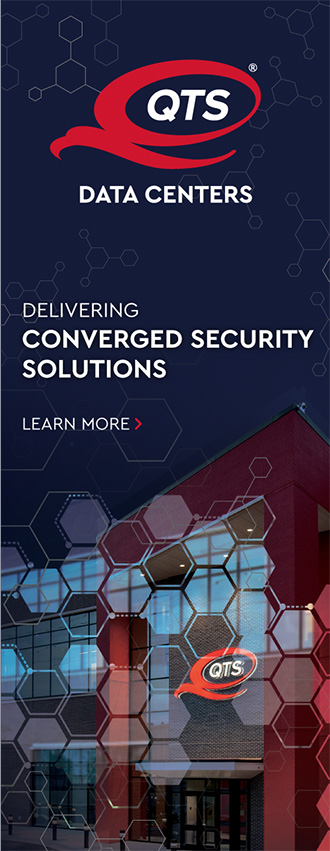The Internet has become an increasingly important infrastructure in the societies of planet Earth and, as we shall see, an interplanetary analog is already beginning to emerge. I sometimes think of the Internet’s evolution as interaction among three metaphorical tectonic plates: technical, commercial, and political. In the early phases of the Internet’s development, the technical aspects were dominant. The pioneering Internauts worked mostly just to get things to work. There was considerable cooperation, collaboration, and collegiality all aimed at successful implementation and scaling of the system. This continues today, but in the context of the two other plates. In the early 1980s, companies were formed that made equipment and software to allow others to build networks that could be interconnected to the growing Internet. Commercial services arrived in the early 1990s, stimulated by the dramatic arrival of the World Wide Web application. Search engines arrived, and Web-based commerce soared. By the early 2000s, the third tectonic plate became more active as governance considerations rose to prominence with the World Summit on the Information Society, and the Internet Governance Forum was created.
All of these figurative plates continue to interact, creating metaphorical technical, commercial, and political netquakes. The arrival of the iPhone from Apple in 2007 introduced a technological netquake by any reasonable metric. The programmable device with camera, microphone, speaker, and wireless access to the Internet proved to be hypergolic in terms of application development. Low-Earth-orbiting satellites, undersea fiber optic cables, 4G/5G/6G, and Wi-Fi6/7 continue to change the technical landscape of the Internet.
The OECD was early in its consideration of transborder data flows in 1985, just as the Internet began its advance in academic network settings. By 2005, it became clear that the interests of actors in these figurative plates were not always aligned as illustrated in a landmark paper identifying “tussles” in cyberspace.
The arrival of social networking in the form of Friendster, MySpace, and Second Life in 2003 raised awareness of the potential of these new media. These were eventually eclipsed by Facebook, which was founded in 2004. Many other similar media have arrived, including YouTube, TikTok, Twitter, LinkedIn, Instagram, WeChat, Weibo, TenCent, SnapChat, Pinterest, Reddit, WhatsApp, Messenger, and many others. These have all demonstrated not only the amplification power of information sharing and redistribution, but also the potential for abuse. The rapid dissemination of hate speech, misinformation, disinformation, stalking, bullying, and influencing has caught the attention of governments around the world. Similarly, the increased dependence on Internet applications and the risks of malware, denial of service, and ransomware attacks contribute to governmental attention to defending citizens from harm and controlling social unrest exacerbated by online amplifying platforms.
It is no surprise, therefore, that governments are formulating policies and introducing legislation aimed at coping with these undesirable properties. At risk, however, is the enormous and already-demonstrated value of open and free flow of information in the global Internet. The effects of the COVID-19 pandemic were partly offset by the Internet’s support for ecommerce and work from home for at least some businesses and employees. An open World Wide Web and associated search services have vastly increased public access to knowledge, advance of scientific research, utility of online education, expanded “egovernment” services, and a host of other benefits.
ABOUT THE AUTHOR
Dr. Vinton G. Cerf is Vice President and Chief Internet Evangelist for Google. Widely known as one of the “Fathers of the Internet,” Cerf is the co-designer of the TCP/IP protocols and the architecture of the Internet. For his pioneering work in this field as well as for his inspired leadership, Cerf received the A.M. Turning Award, the highest honor in computer science, in 2004.
At Google, Cerf is responsible for identifying new enabling technologies to support the development of advanced, Internet-based products and services. Cerf is also Chairman of the Internet Ecosystem Innovation Committee (IEIC), which is an independent committee that promotes Internet diversity forming global Internet nexus points, and one of global industry leaders honored in the inaugural InterGlobix Magazine Titans List.
Cerf is former Senior Vice President of Technology Strategy for MCI Communications Corporation, where he was responsible for guiding corporate strategy development from the technical perspective. Previously, Cerf served as MCI’s Senior Vice President of Architecture and Technology, where he led a team of architects and engineers to design advanced networking frameworks, including Internet-based solutions for delivering a combination of data, information, voice, and video services for business and consumer use. He also previously served as Chairman of the Internet Corporation for Assigned Names and Numbers (ICANN), the group that oversees the Internet’s growth and expansion, and Founding President of the Internet Society.



